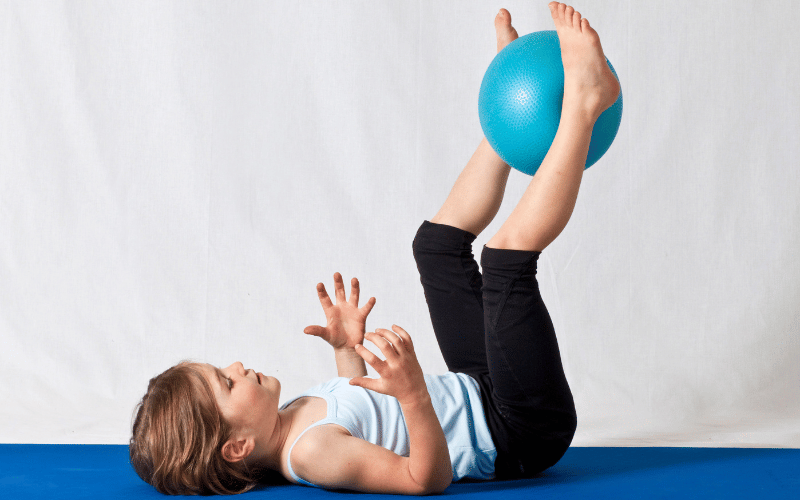9. Role of Nutrition and Exercise in Prevention and Recovery

Nutrition and exercise play a significant role in both the prevention of greenstick fractures and in the recovery process. Adequate nutrition, particularly a diet rich in calcium and vitamin D, is essential for developing strong, healthy bones. These nutrients are crucial in childhood when bones are growing and developing rapidly. Calcium is a key building block of bone tissue, while vitamin D helps the body absorb calcium effectively.
Regular physical activity is equally important. Weight-bearing exercises, such as walking, running, or playing sports, help in building bone strength and density. This increased bone strength can be a protective factor against fractures, including greenstick fractures. Additionally, exercise enhances overall physical health, balance, and coordination, which can reduce the risk of falls and injuries.
During the recovery from a greenstick fracture, nutrition and exercise continue to play a vital role. While exercise routines might need to be adjusted to accommodate the healing process, maintaining some level of physical activity can aid in rehabilitation. It helps in maintaining muscle strength and joint flexibility, which can be compromised during periods of immobilization.
In terms of nutrition, a focus on bone-healthy foods can support the healing process. Ensuring a diet rich in calcium, vitamin D, and other essential nutrients can aid in the faster and stronger healing of the bone.
The interplay of nutrition and exercise in the context of greenstick fractures underscores the importance of a holistic lifestyle approach to bone health. It’s a reminder that prevention and recovery extend beyond immediate medical treatment, encompassing broader aspects of health and well-being. (9)